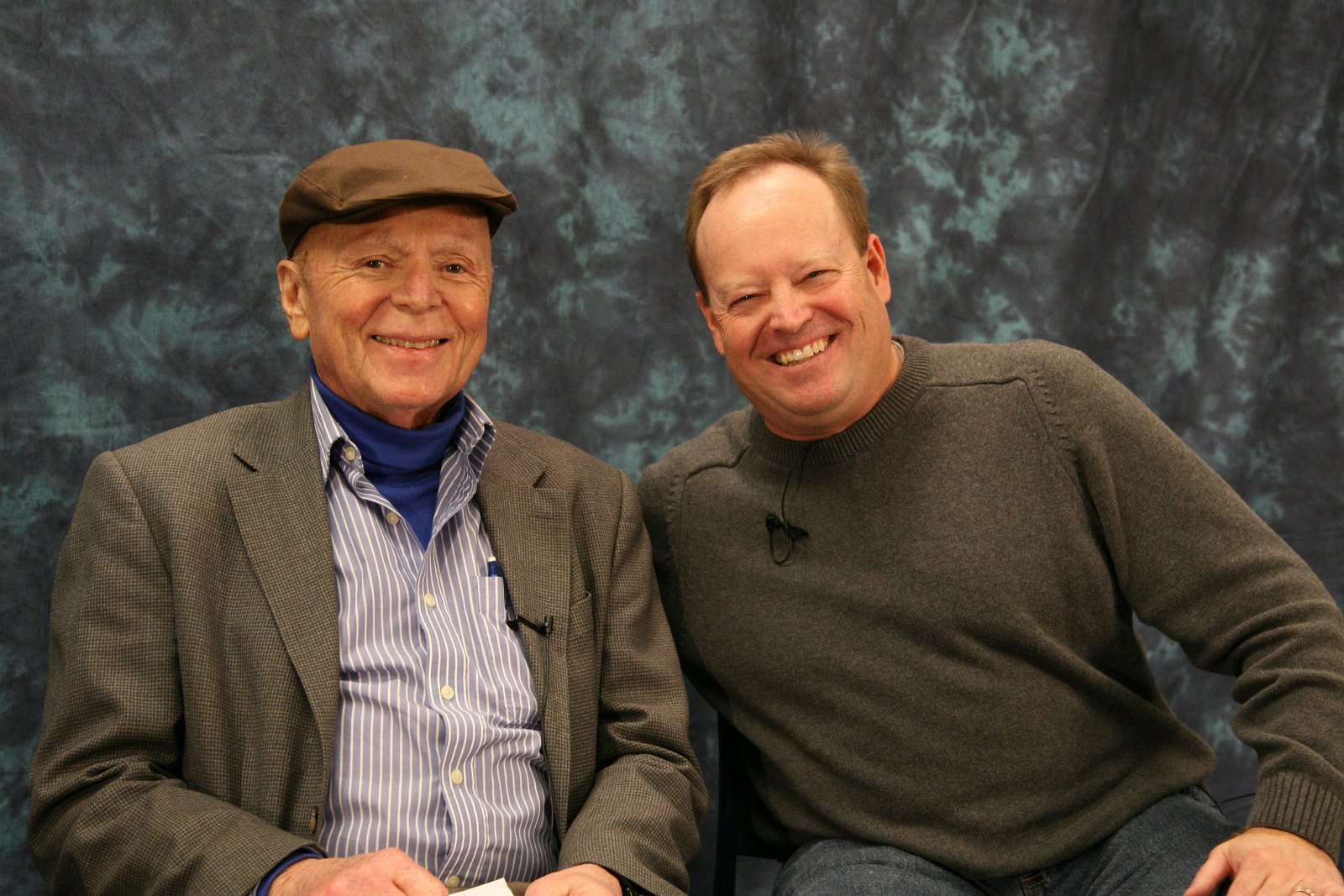General information
The VHP committee is composed of four sub-committees:
- Selectors / schedulers - members have the task of selecting interviewees and getting the interview scheduled
- Interview crew - members do the actual recording of the interview
- Interview editors - members edit the raw interview and generate interview metadata
- Data managers - members publish the finished interviews to the ASU repository (KEEP) and maintain the database of interviews and metadata dictionaries
The chair is responsible for the following three tasks:
- Facilitate the scheduling, interviewing, and dissemination of interviews with retired and former ASU employees. The process followed for accomplishing these tasks can be seen in the right column.
- Review and update Video History information on the ASURA Web. Note: All change requests should be sent to the chair of the Wesites Committee.
- Review and update Video History Project process shown to the right. Note: All change requests should be sent to the chair of the Wesites Committee.
